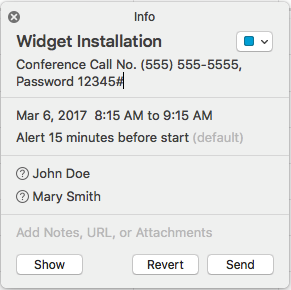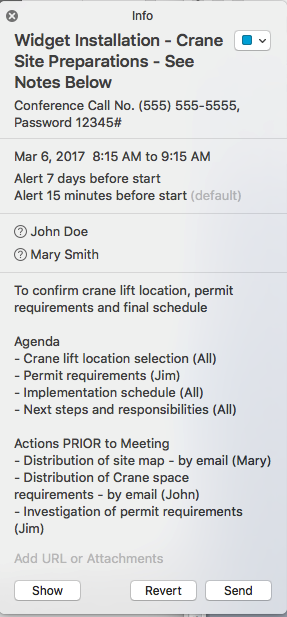You believe that you can offer a better service by getting your field service team to make recommendations aimed at helping your customers to be better off. You have taken steps to support your expectations of a more proactive approach by your techs, including providing training and putting in place a process to capture leads and communicate progress on all opportunities. However, you are disappointed that more techs have not fully embraced this strategy and time is not a luxury you have to devote to this problem.
If this sounds like you, then here are five steps that you can take to changing to a proactive business development culture when time is a limiting factor.
Don’t Stop Talking
Take every opportunity to speak about the proactive business development by technicians’ initiative and how it benefits customers. Start and end every meeting by mentioning the strategy and tying it back to the topic at hand.
Remind your technicians that you have taken this approach because, when they use their knowledge and expertise to make recommendations that will help their customers achieve their business goals, they are providing a higher level of service. Use every interaction as an opportunity to reinforce the value that they bring by taking this initiative. Don’t stop talking.
Watch Your Language
People take important clues from the words that we use so it is critical that we use language that focuses on the service we are providing through the proactive efforts of our techs. Avoid words like selling or promoting and focus every conversation on the subject on how it helps the customer.
Remember that you are offering a service by engaging your technicians in business development efforts. Your reward comes when the customer recognizes the value in the technicians’ recommendations and rewards you with more work and greater loyalty. Use words that communicate service. Watch your language.
Become a Super Model
Our employees look to our actions to determine if we really mean what we say. For example, if you are encouraging everyone to pitch in and go the extra mile, but show up each morning after 10:00 AM and leave by 2:00 PM with your golf clubs clearly visible in the back of the car, your message will have little, if any, effect.
Show your techs that you’re serious. Talk about how previous recommendations have helped customers. Step in quickly when there is a failure in the process or someone else in the organization doesn’t do their part. Go out and see customers and let them know what you have asked your techs to do and why. Become a super model.
Blow Your Techs’ Horn
When a technician makes a recommendation that the customer acts on, let everybody on the team know. Tell them what the tech recommended and why. Discuss how this will directly benefit the customer. Make sure that everyone knows how this recommendation directly contributed to your customer’s well-being. Blow you techs’ horn.
Have a Back Up Plan
Not everyone on your team will feel comfortable – at least at first – in engaging the customer in conversations about recommendations to help them to be better off. If you have members on your team who are uncomfortable engaging the customer in this way, have a back up plan so that they can still participate.
Ensure your process includes situations where opportunities can be identified and given to someone else in the organization to discuss with the customer. That way, a hesitant technician can still benefit their customers even if they don’t speak to the customer directly about their recommendation. Over time, you can focus on helping these reluctant techs to become more comfortable and enthusiastic about their proactive role in the strategy but in the meantime, have a back up plan.
Although time is not a luxury that service managers have, we can maintain focus and achieve the change to a more proactive business development culture by integrating our efforts into our daily routines.
As always, I welcome your comments and questions. You can connect with me via telephone or email or leave a comment right here on the site. And as always, please feel free to leave a link back to your own blog if you have one via the commentluv feature here on the site. If you are reading this blog post via email, you will need to locate this post on my website by clicking here. Scroll down to the bottom of the page where you will find the comment section.
Jim Baston
“One of the things I learned when I was negotiating was that until I changed myself I could not change others.”
– Nelson Mandela












 It’s happened to all of us. A preventable failure, a lost customer, and all this could have been avoided for the price of a cup of coffee. I learned this lesson many years ago interviewing customers for a client. I asked a range of questions about performance, suggested ways to improve technician service, keep customers and address some of the challenges they were facing or expected to face in the future. Our aim was to develop a service strategy that better anticipated and served the needs of their customers.
It’s happened to all of us. A preventable failure, a lost customer, and all this could have been avoided for the price of a cup of coffee. I learned this lesson many years ago interviewing customers for a client. I asked a range of questions about performance, suggested ways to improve technician service, keep customers and address some of the challenges they were facing or expected to face in the future. Our aim was to develop a service strategy that better anticipated and served the needs of their customers.

